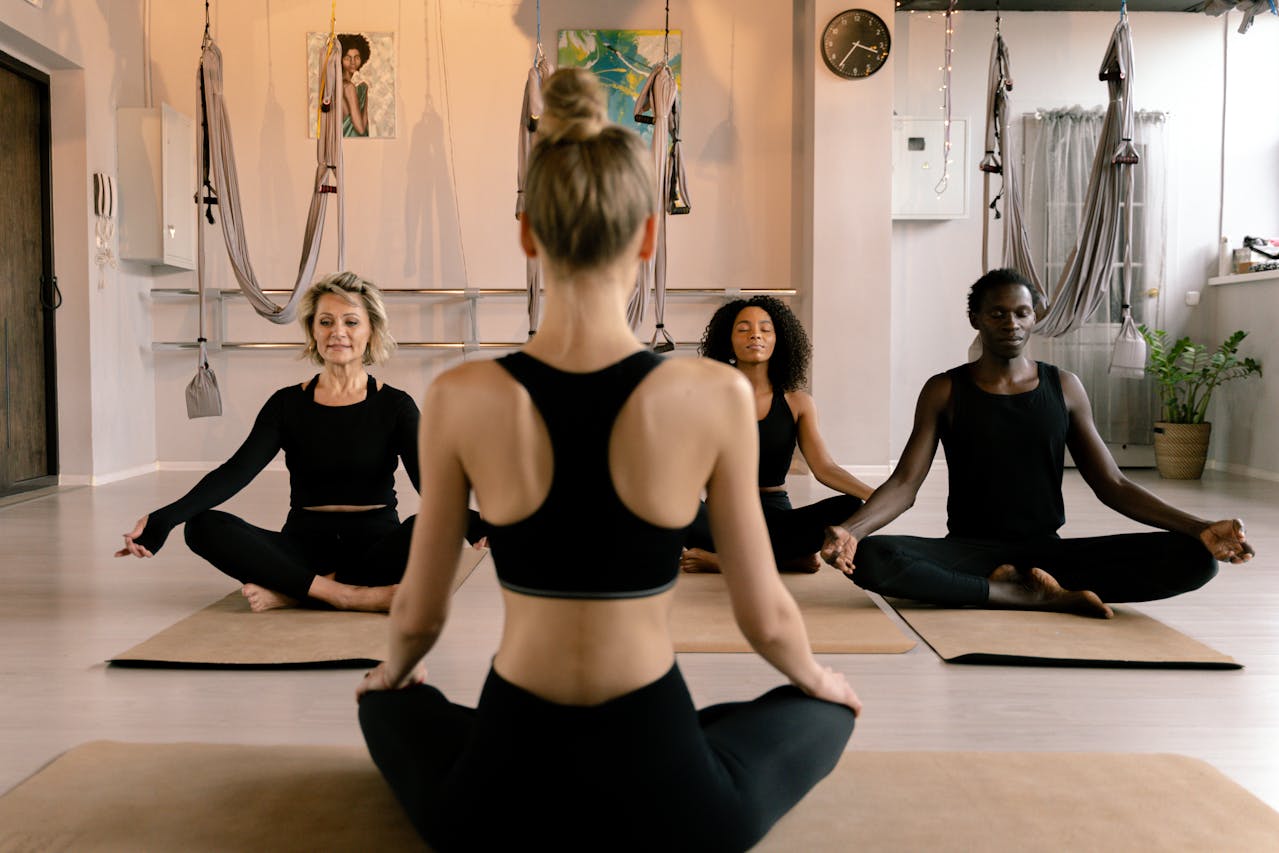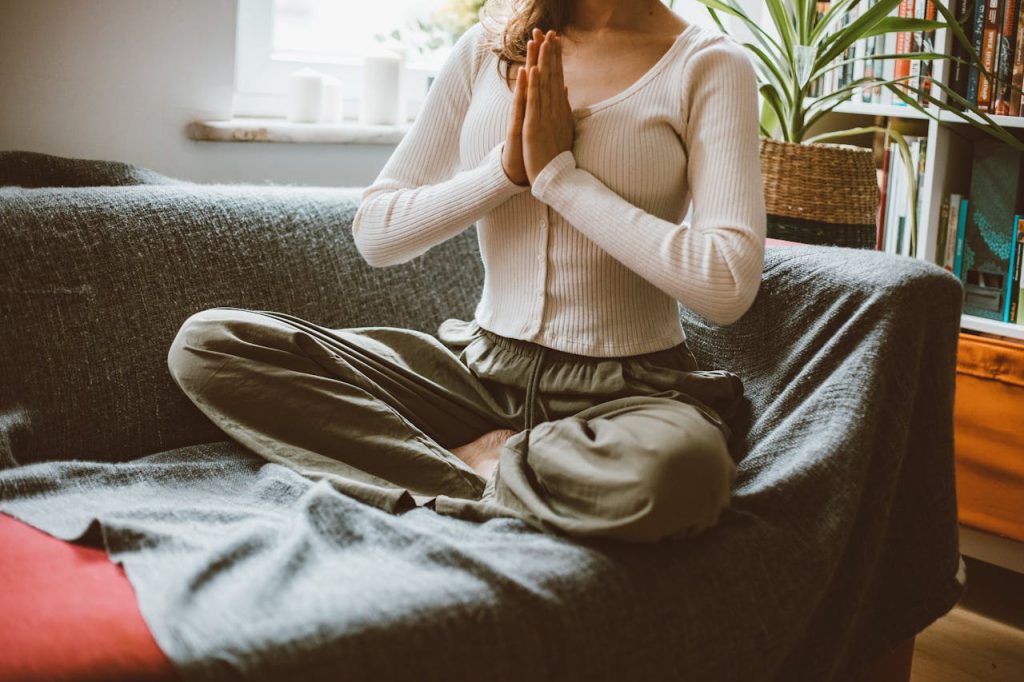Discover how to meditate with this beginner-friendly guide. Discover step-by-step techniques to cultivate a daily meditation practice for enhanced peace, clarity, and overall well-being.
Overview
Are you feeling stressed, anxious, or disconnected from yourself? Meditation may be the key. In this comprehensive guide, you will learn how to meditate even if you’ve never tried it before. This article explains:
- What meditation is (and what it’s not)
- Simple techniques to get started today
- How to build a consistent meditation habit
- Common mistakes to avoid
- How Mindfulness Meditation Hub can support your journey
By the end of this blog post, you’ll know how to meditate in a way that fits your lifestyle—without pressure, confusion, or spiritual jargon.
What Does “How to Be Meditate” Really Mean?
While the phrase may sound a bit awkward, “how to meditate” is a common way people search for information about beginning a meditation practice. It reflects the desire to embody meditation—not just as an activity but as a way of being.
To meditate is to adopt a mindset of mindfulness, presence, and acceptance. It’s about learning to sit with your thoughts without judgment, allowing your inner world to settle.
Why Should You Meditate?
Before learning how to meditate, it helps to understand the benefits:
- Reduces Stress
- Meditation helps lower cortisol, the stress hormone, calming your nervous system.
- Improves Focus
- Regular practice enhances concentration and mental clarity.
- Boosts Emotional Health
- Mindfulness meditation is linked to lower rates of anxiety and depression.
- Enhances Sleep Quality
- Many people report better sleep after establishing a meditation routine.
- Increases Self-Awareness
- Meditation allows you to observe your thoughts and behaviors with greater clarity.

Step-by-Step: How to Meditate for Beginners
1: Choose a Quiet Space
Pick a calm, distraction-free environment. It could be a quiet room, a corner of your home, or even your car.
Pro tip: Early morning or just before bed are ideal times to meditate.
2: Get Comfortable
You don’t need to sit cross-legged on the floor unless you want to. You can sit on a chair with your feet flat on the ground and your hands resting on your lap.
3: Set a Timer
Start with just 2–5 minutes. You can gradually increase the time as you build your confidence.
4: Focus on Your Breath
Gently close your eyes and bring your attention to your breathing. Inhale slowly through your nose, then exhale through your mouth. Notice the rhythm without changing it.
This is the foundation of meditation: simple presence.
5: Observe Your Thoughts
Your mind will wander—that’s normal. When it does, return your focus to your breath. No judgment.
6: End Gently
When your timer goes off, take a deep breath and slowly open your eyes. Notice how your body feels. Carry this mindfulness into the rest of your day.
Types of Meditation You Can Try
If you’re exploring meditation, try different methods to see what works best for you.
Mindfulness Meditation
It focuses on being present and aware of the moment, often through breath awareness.
Guided Meditation
You listen to a recorded voice (like the ones we offer on Mindfulness Meditation Hub) to guide your focus.
Loving-Kindness Meditation
It centers around sending love and positive energy to yourself and others.
Body Scan Meditation
It involves mentally scanning the body for tension, promoting relaxation.

Common Mistakes When Learning How to Meditate expecting Immediate Results
Meditation is a practice, not a quick fix.
Judging Yourself
Don’t worry if your mind wanders. The act of returning to your breath is meditation.
Overcomplicating the Process
You don’t need fancy cushions, incense, or hours of free time. Simplicity is key.
Skipping Days
Consistency matters more than duration. Five minutes a day is better than 30 minutes once a week.
How to Build a Consistent Meditation Habit
Building a habit is the heart of learning how to meditate. Try these tips:
- Schedule It: Set a daily reminder on your phone.
- Track Your Progress: Keep a journal to record your feelings after each session.
- Find Support: Join a meditation group or use our online resources.
- Use Guided Audios: Our meditations help you stay focused and centered.
How Mindfulness Meditation Hub Can Help
At Mindfulness Meditation Hub, we specialize in helping people learn how to meditate—no experience is required. Our offerings include:
- Professionally recorded guided meditations
- Mobile-friendly tools for daily practice
- Blog posts, tips, and free resources
- One-on-one support and email guidance
Whether you’re a total beginner or looking to deepen your practice, we provide everything you need to make meditation a part of your daily life.
Final Thoughts: You Already Have What It Takes
Learning how to meditate isn’t about doing something perfectly—it’s about showing up for yourself with presence and patience. Each moment of awareness counts. Each breath is progress.
Don’t wait for the “perfect” time to start. Begin right now—just as you are.

